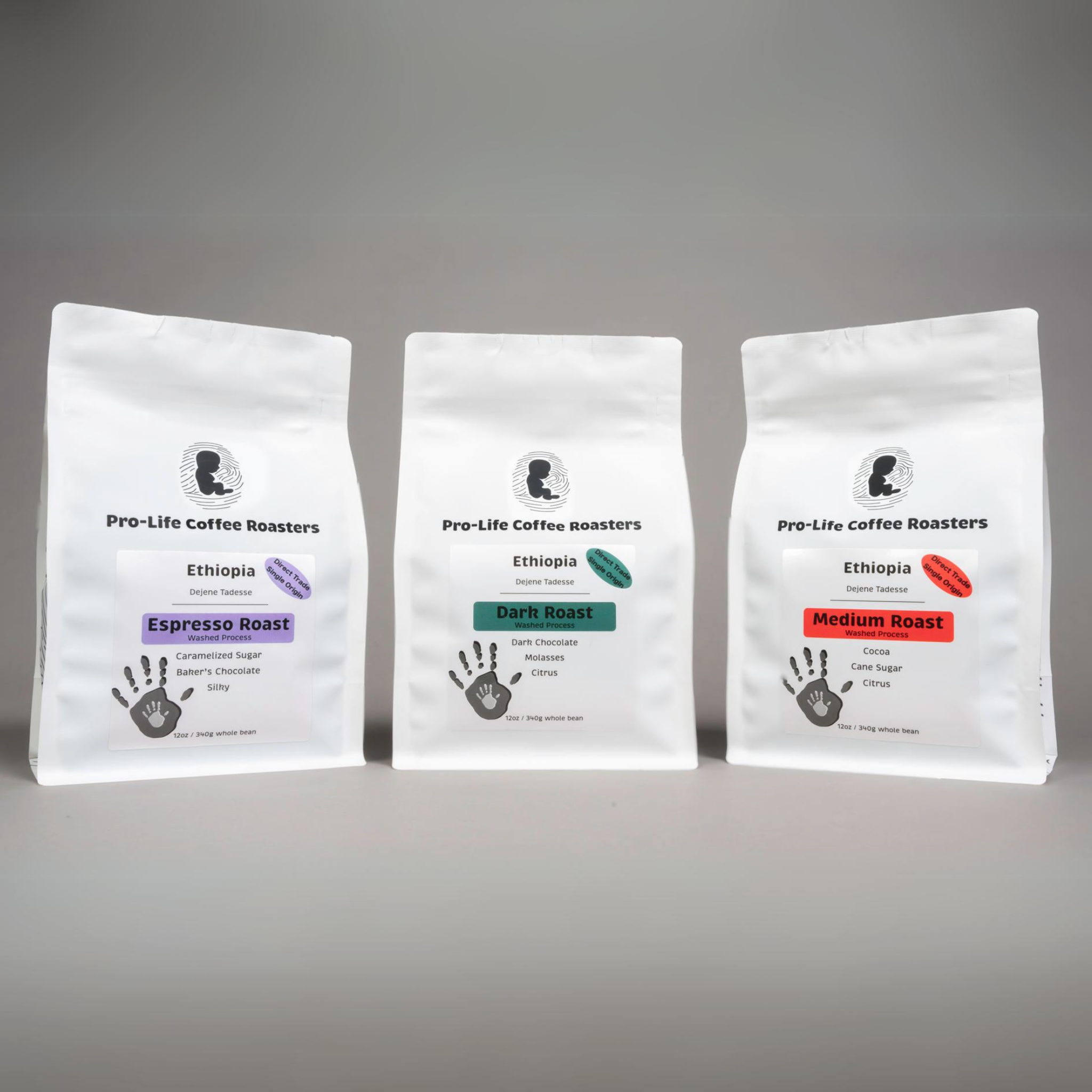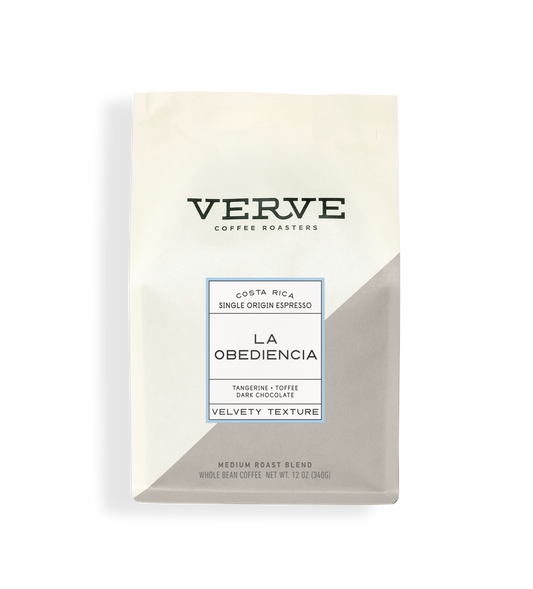Discover the Distinctive Flavor Profile of SOE Single Origin Espresso Today
Discover the Distinctive Flavor Profile of SOE Single Origin Espresso Today
Blog Article
Exploring the Abundant Flavors of Coffee Beans: a Deep Dive Into Coffee and Blended Coffee Beans
When you explore the abundant tastes of coffee beans, you discover a complex world where each selection brings its own personality to your cup. Comprehending the origins, refining approaches, and toasting techniques can transform your coffee experience. As you navigate with the art of espresso and the creativity behind blended coffees, you'll begin to value the nuances that make each sip unique. What you'll uncover next could change the means you appreciate your morning brew.
The Origins of Coffee Beans: Exploring Terroir and Taste Profiles
When you take a sip of coffee, you're not just taking pleasure in a beverage; you're experiencing an abundant tapestry of flavors formed by the beans' origins. Each area creates special flavor profiles affected by environment, soil, and elevation. Beans from Ethiopia frequently rupture with bright, fruity notes, while those from Colombia have a tendency to offer a balanced, nutty sweetness.
As you discover different origins, you'll observe exactly how terroir-- the ecological variables influencing a crop-- plays a vital duty - Single Origin Espresso. The very same coffee selection can taste substantially various relying on where it's expanded
When you consider these aspects, you begin to value the intricacy behind your mug. Each sip tells a tale of the land and the farmers who nurtured the beans. So, following time you delight, consider the trip your coffee took before it reached your hands, and relish those elaborate flavors that reflect its beginning.
Recognizing Espresso: The Art and Science Behind the Brew
When you think concerning espresso, it's not nearly the strong flavor; it's likewise concerning the strategies that bring it to life. Recognizing exactly how various prep work approaches impact taste can transform your developing experience. Allow's check out the intricacies of espresso prep work and discover the special flavor profiles that make each cup special.
Coffee Prep Work Methods
Coffee prep work is both a scientific research and an art, combining exact methods with a deep understanding of coffee. To start, you'll want to choose high-quality, newly baked beans and grind them carefully for excellent removal (Single Origin Espresso). The work dimension is important; too coarse, and your espresso will be weak, too fine, and it'll be bitter
Next, tamp the premises uniformly in the portafilter to assure consistent extraction. When you lock it right into the equipment, objective for a brewing temperature level in between 190 ° F and 205 °
F.As you pull the shot, expect the perfect extraction time-- around 25-30 seconds. The result needs to be an abundant, luscious coffee with a beautiful layer of crema on top. With method, you'll grasp these techniques.
Taste Accounts Described
The world of espresso provides an abundant tapestry of flavor profiles that can elevate your coffee experience. Light roasts typically showcase intense acidity and dynamic tastes, while dark roasts present deeper, bolder tones.
Understanding these profiles assists you pick the ideal coffee for your palate. Explore different blends can reveal unusual mixes. For instance, a well-crafted blend could harmonize the brilliant notes of an Ethiopian bean with the rich, chocolatey touches of a Brazilian bean. Accept the journey of uncovering espresso's diverse tastes, and you'll change your coffee ritual right into an amazing journey.
Processing Methods: Exactly How They Influence Flavor and Scent
While it could appear that the beginning of coffee beans is the most substantial consider identifying their taste and fragrance, the processing methods used post-harvest play an equally essential role. You'll discover that these methods can considerably change the final taste profile of your cup.
For instance, the washed process removes the fruit from the beans before fermentation, often bring about a cleaner, brighter taste. The natural procedure leaves the fruit intact during drying, resulting in a sweeter, fruitier account.
Various other methods, like honey handling, strike a balance, enabling some fruit mucilage to stay, giving an one-of-a-kind complexity.
Each processing technique communicates with the beans' fundamental characteristics, enhancing or silencing particular flavors and aromas. When you drink that coffee or mixed coffee, keep in mind that the trip from cherry to mug is affected not simply by beginning however also by just how those beans were refined.
Roasting Strategies: Opening the Full Potential of Coffee Beans
Roasting methods are necessary for exposing the full potential of coffee beans, as they change raw, eco-friendly beans right into the aromatic, flavorful coffee you appreciate. The choice of toasting method-- light, tool, or dark-- significantly affects flavor profiles.
A slower roast at lower temperature levels allows for intricate flavors to create, while a quicker roast can escalate anger. By mastering these techniques, you'll disclose a globe of flavor, elevating your coffee experience to brand-new heights.
The Magic of Blended Coffee: Creating One-of-a-kind Flavor Experiences
Creating an unique taste experience with blended coffee can site link change your morning routine right into an exploration of preference. By integrating different beans from numerous regions, you can reveal a harmony of flavors that boost your mug to brand-new heights. Each blend offers an unique account, stabilizing sweetness, level of acidity, and body to create something absolutely special.
When you pick a blend, you're not simply selecting a coffee; you're selecting a trip across diverse landscapes and societies. Try out different combinations permits you to uncover your personal faves, whether you enjoy fruity notes or rich, chocolatey undertones.

Tasting Notes: Identifying the Nuances in Your Mug
As you drink your coffee, you may notice a range of tastes dancing on your taste buds, each revealing the ins and outs of the beans. You may taste the brilliant acidity similar to citrus or the deep, abundant notes akin to dark delicious chocolate. The sweetness might evoke honey or caramel, stabilizing the overall profile perfectly.
Pay attention to click here to read the body of the coffee-- does it really feel airy and light, or is it full and velvety? The coating, too, provides hints; a lingering aftertaste may mean nuttiness or floral undertones.

Do not forget to explore the unique qualities of different origins, as each region passes on unique tastes - Single Origin Espresso. For example, Ethiopian coffees usually present fruity notes, while Colombian beans might showcase a more spherical sweet taste. By acknowledging these nuances, you'll deepen your admiration for each cup, boosting your coffee experience to brand-new heights

Brewing Methods: Making The Most Of Flavor Removal for each Bean
When you explore the various developing techniques, you'll discover that each strategy can dramatically affect the flavor account of your coffee. From French press to pour-over, each technique extracts various compounds, enhancing or silencing particular notes. Utilizing a French press allows oils to continue to be in the brew, developing a richer preference, while pour-over emphasizes quality and illumination.
Temperature and grind dimension also play essential functions. A coarser grind functions best for cold mixtures, while a great grind is perfect for coffee. Explore water temperature-- in between 195 ° F and 205 ° F-- can reveal surprise tastes, too.
Do not ignore soaking time; a quick extraction can bring about sour notes, while over-extraction may yield resentment. By adjusting these variables, you can make best use of taste extraction and really elevate your coffee experience. Appreciate the trip of discovering what technique finest suits your taste!
Often Asked Questions
What Is the Ideal Water Temperature Level for Developing Coffee?
The suitable water temperature level for developing coffee's between 195 ° F and 205 ° F. If you make use of water that's too warm, you'll over-extract flavors; also cold, and you will not extract sufficient. Go for that wonderful place for the very best mixture!
How Does Grind Dimension Affect Coffee Taste?
Grind dimension significantly influences coffee flavor. Better grinds extract much more flavors and oils, causing a bolder taste, while coarser grinds return a lighter flavor. Changing grind size assists you attain your desired coffee account.
Exist Health And Wellness Benefits Related To Drinking Coffee?

What Is the Distinction Between Arabica and Robusta Beans?
Arabica beans are smoother and sweeter, typically featuring fruity flavors, while robusta beans are stronger with a bitter taste and greater high levels of caffeine material. You'll discover these differences in aroma and brewing experience.
How Can I Shop Coffee Beans for Quality?
To keep coffee beans for freshness, keep them in an impermeable container, away from moisture, heat, and light. If you just grind what you require right before developing., you'll preserve their flavor longer.
Discovering the Abundant Flavors of Coffee Beans: a Deep Dive Into Coffee and Blended Coffee Beans.
When you check out the rich tastes of coffee beans, you uncover an intricate globe where each variety brings its very own character to your mug.When you take a sip of coffee, you're not just delighting in a beverage; you're experiencing a rich tapestry of tastes shaped by the beans' beginnings.Roasting methods are vital for revealing the complete capacity of coffee beans, read here as they transform raw, environment-friendly beans right into the fragrant, savory coffee you appreciate.As you sip your coffee, you might observe a spectrum of flavors dancing on your palate, each exposing the intricacies of the beans.
Report this page